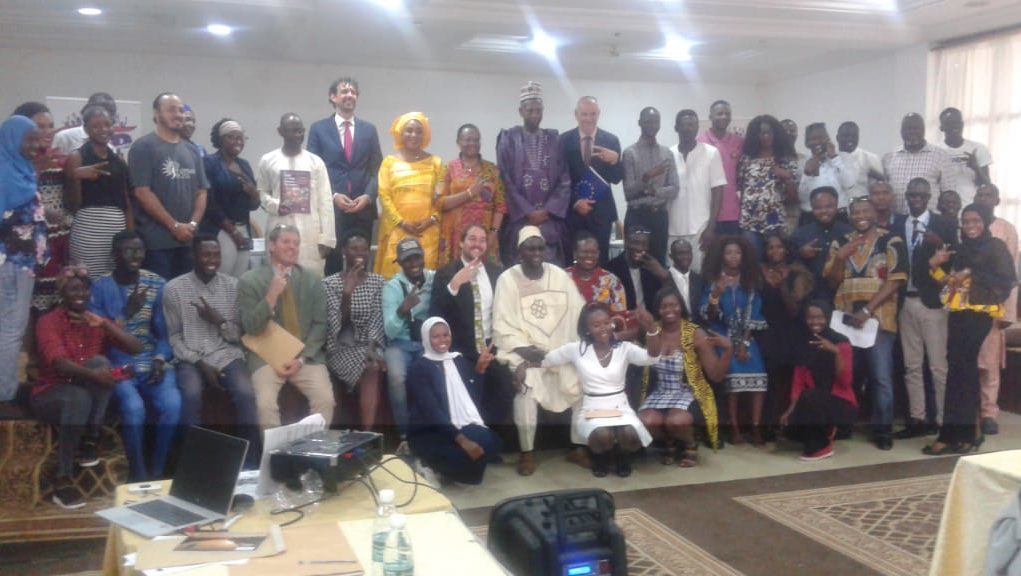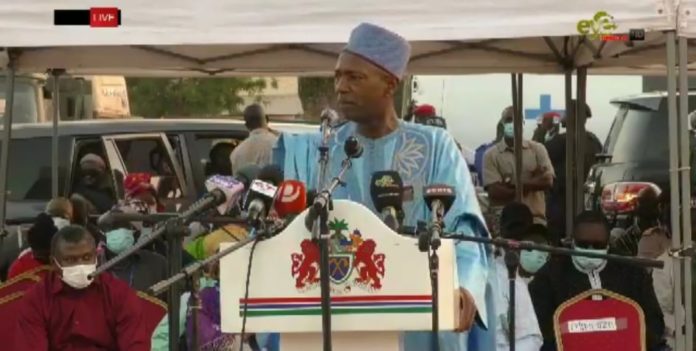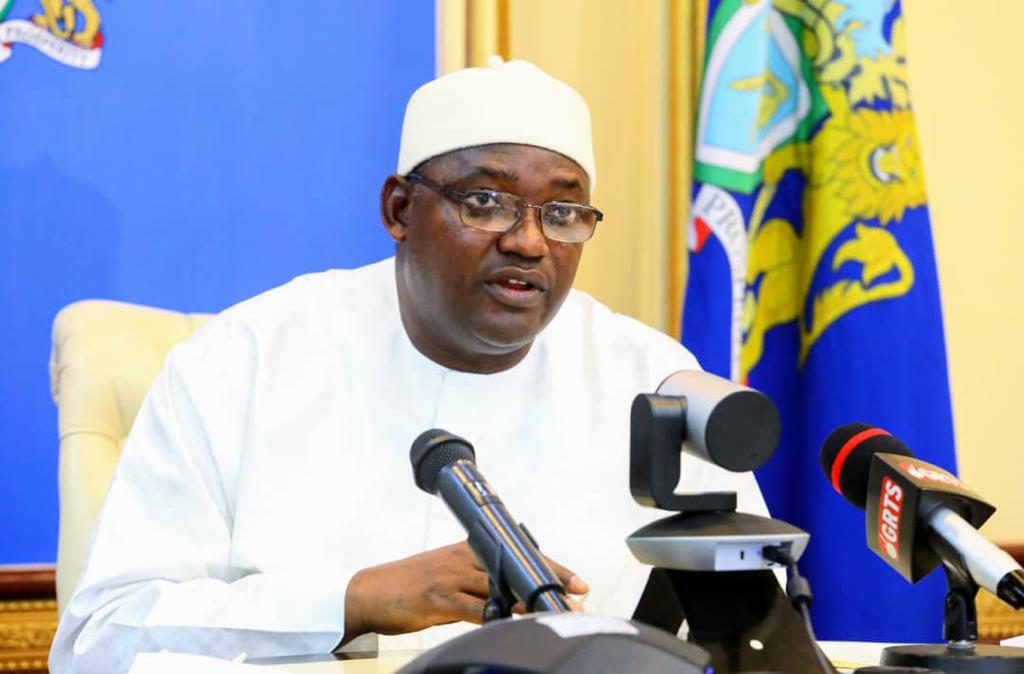BY: Nyima Sillah
The Youth and Trade Roadmap for The Gambia’s Creative Industries sets out a plan to support innovation and improve on the productive capacity of Small Medium Entrepreneurs (SMEs), was launched Tuesday at a local hotel in Kololi.
The roadmap is also meant to strengthen institutional support, increase economic value and market access to foster economic growth, employment creation entrepreneurial ventures and skills development. The roadmap outlines a plan of action to activate economic opportunities related to skills development, entrepreneurships, market-led value chain development and sector coordination.
Gambian minister of Tourism and Culture Hamat Bah said the launch marks the end of a series of countrywide consultations that started in June 2019 and brought together public and private organizations, entrepreneurs, institutions and youth associations to identify youth employment opportunities.
He said, his ministry takes great pleasure in launching the Creative Industries Roadmap, which is aligned to the country’s development priorities identified in the National Development Plan (NDP) (2018-21), saying that the roadmap for the creative industries comes at a crucial time to strengthen sector development in the country, address major competitiveness constraints and directly empower youth.
“The roadmap identifies priority subsectors such as audio-visuals, news media, functional creations and performing arts with high potential to drive economic growth and employment opportunities for the youth.
Synergies between the tourism sector and new technologies need to be further developed to promote the Gambia’s cultural heritage. The aim is to improve the image of the Gambia as a tourism destination and offer unique immersive creative experiences to visitors while sharing our traditions, arts and history. Creative tourism is about discovering the hidden Gambia and diving deep into local life,” Bah said.
Director General National Centre for Arts and Culture, Mr Hassum Ceesay described the roadmap as an added value to the efforts of the government, revealing that since April 2019, they have been in regular contact with the staff of ICT for youth empowerment program to kick start the surveys descriptions and drafting of the roadmap.
According to Ceesay, the roadmap participation will be inclusive, and this will make everyone to cherish it, noting that many other citizens of this country and Gambian artist have high expectations of the new Gambia.
Ambassador of the European Union, Attila Lajos said EU is enhancing its support through the road map, saying it is the initial start serving as a compass for the development of the country’s creative industries.
“We hope that this will help to promote the cultural diversity of The Gambia. Tourist industry contributes 24 percent of the GDP and by overcoming seasonality, we hope that percentage will grow. Today is significant as for the first time, Gambia’s creative industry will have its own road map. The document is an initial step to move to action.”
Modou Lamin Sowe, Secretary General Gambia Writers Association call on the government to invest in creative industry and the YEP and partners to continue training the industry for the full realisation of the road map.
Director of the Goethe Institute, Philip Kuppers we want to get more engaged in language. We want to present Gambian artists with international artists. The main idea is to present the beauty of The Gambia.
Mr Kuppers said the document was developed under the guidance of the Ministry for Tourism and Culture and the National Centre for Arts and Culture, with technical assistance from the International Trade Centre (ITC) as part of the Youth Empowerment Project (YEP).
Dorothy Tembo, deputy executive director International Trade Centre said that The Gambia’s has made an important part of its plans for growth, job creation and democratic consolidation and the efforts is still and uphill task.
She noted that one key challenge is to ensure economic growth and create jobs, particularly for the youth people who make up the vast majority of the population.
“To understand the difficulties of the creative sector in the Gambia, it is essential to assess the competitiveness of the enterprises and capacities of the vocational training centres, especially to identify the mismatch between training curriculum and labour market needs , and what interventions might help,” she said.




